Species of the Great Barrier Reef
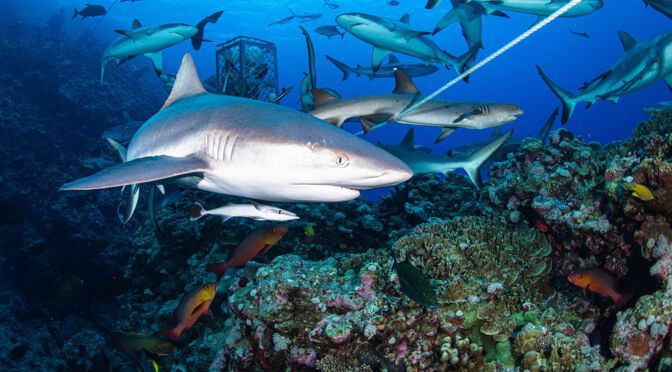
Sharks
The Apex predator of the Great Barrier Reef, there are a wide rage of sharks that call the reef home, from small bottom-dwelling sharks like wobbegongs to larger sharks like tiger sharks, hammerhead sharks, and even the world's largest shark, the whale shark. The reef sharks — blacktip, whitetip, and grey reef sharks – are the most regularly sighted sharks around the reefs itself. Learn more about shark diving in Australia.
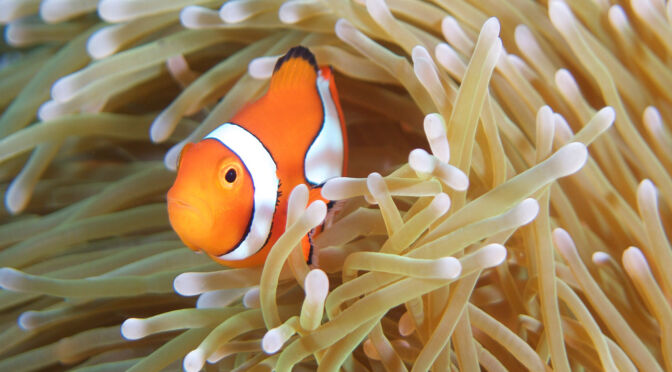
Clownfish
Anemonefish, however, more commonly known as Clownfish, and sea anemones have a unique symbiotic interaction. The fish are impervious to the anemone's tentacles' sting, which gives them a unique safe haven from predators. The clownfish help the anemone in exchange for this safe haven by luring in other fish and shrimp, who are then stung and consumed by the anemone.
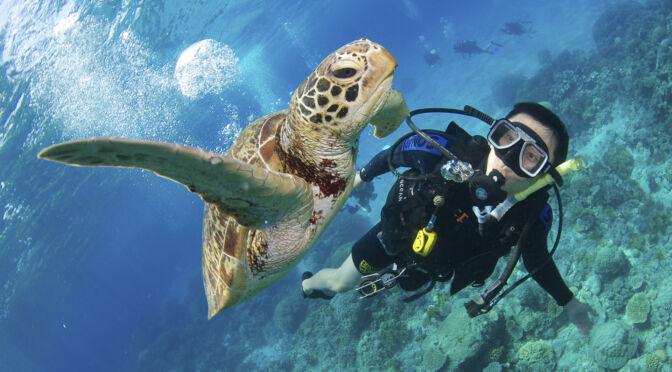
Sea Turtles
The waters of the Great Barrier Reef are home to six of the world's seven sea turtle species. Some species, such as the loggerhead and green turtles, are commonly sighted, while others, such as the olive ridley and leatherback turtles, which are known to reside on the Great Barrier Reef but are rarely seen. Without a doubt, a turtle sighting will be a highlight of any dive!
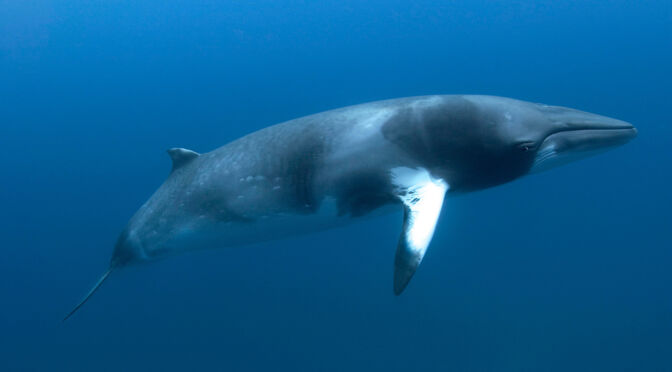
Whales
Each year up to 10,000 whales migrate north from Antarctica's frigid waters to the warm shallows of the Great Barrier Reef to breed and give birth during the winter and spring respectively. Though numerous species migrate, the humpback whales and dwarf minke whales are the ones most likely to be seen in the Great Barrier Reef. Learn about swimming with Minke Whales
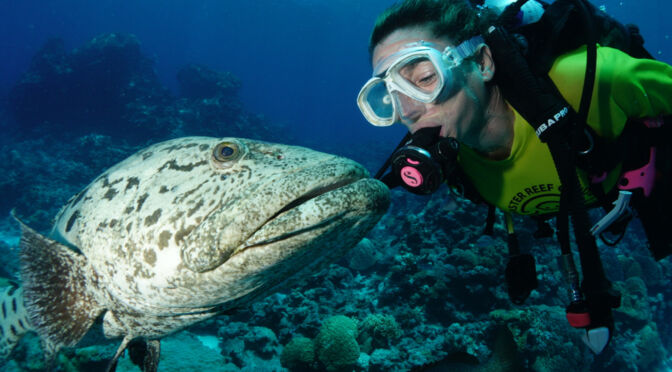
Potato Cod
Weighing on average around 90 kilograms, the Australian native Potato Cod is a member of the Grouper family. Groupers are among the largest bony fish, with equally colossal mouths! With its distinctive markings and its friendly nature, the potato cod is often a favourite animal to encounter with divers. Potato cods are unfortunately easy targets for spearfishers since they dwell in the same location their entire lives and have no fear of humans, which has resulted in this species being overfished in most other places of the world. Get up close and personal to these guys on our Cod Hole liveaboard trip.
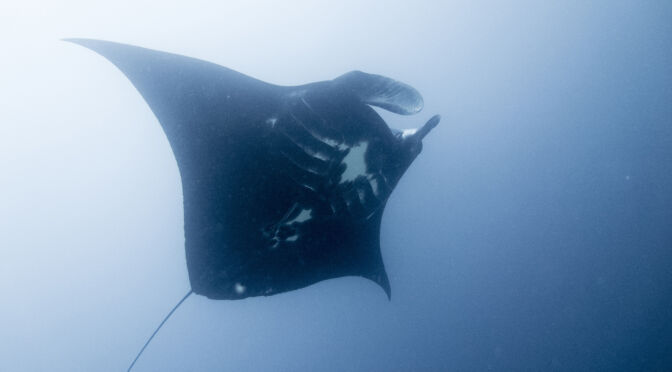
Manta Rays
The name 'Manta,' which means blanket or cloak in Spanish, is given to these large, flat, and uniquely shaped fish because of their striking look. The Manta Ray may be found across the Great Barrier Reef and is among the world's largest fish, measuring up to 7 metres in length from wingtip to wingtip. Despite their massive size, manta rays eat minuscule plankton, the tiniest animals in the ocean. Manta rays, unlike other rays, lack a stinging barb and are therefore completely harmless to people.
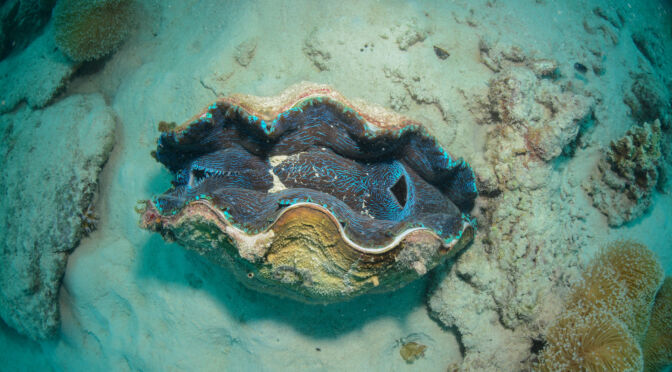
Giant Clam
The giant clam, the largest aquatic mollusc on Earth weighing up to 200 kilograms and over a metre long. These organisms, which may be found all throughout the Great Barrier Reef, have two hard shells that protect soft tissue within that filters nutrients from seawater. Giant Clams are the only invertebrate listed among the Great 8 species, and can live to be over 100 years old!
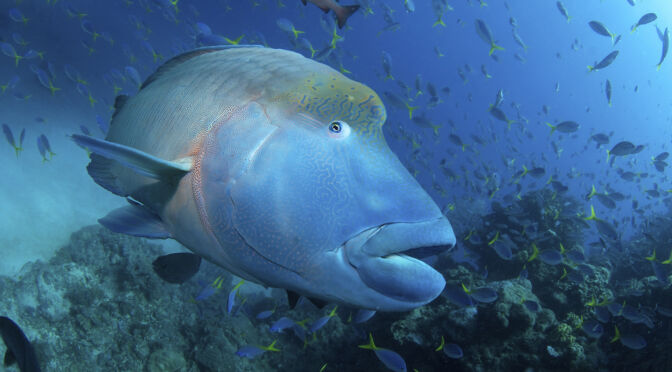
Maori Wrasse
The Maori Wrasse, known also as the Humphead Wrasse or more fondly as 'Wally,' is the wrasse family's largest living member. Large size, prominent lips, and a hump on the forehead of larger individuals make Wally easy to identify. From afar, a Maori Wrasse appears bluish-green, but closer inspection reveals bright colours of green and purplish-blue patterning on its head. Susceptible to overfishing due to late maturity and slow generation times, the Maori Wrasse have been protected on the Great Barrier Reef since 2003 under the Coral Reef Fin Fish Management Plan in the waters around Queensland.
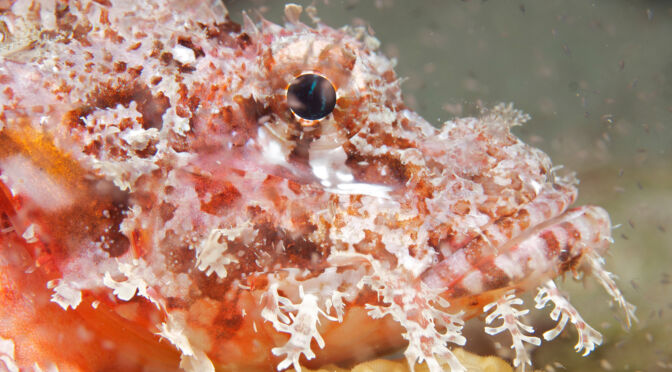
Scorpion Fish
Scorpionfish, also known as Scorpaenidae, are a family of 220 species found in oceans across the world. The head and body of this fish are covered in feathery fins or skin flaps that help them blend in with the coral around them and spines, many of which are toxic. In fact, the scorpionfish family contains some of the world's most venomous fish. The majority of scorpionfish are ambush predators that sit on the coral, hidden, ready to pounce on nearby crustaceans and fish.
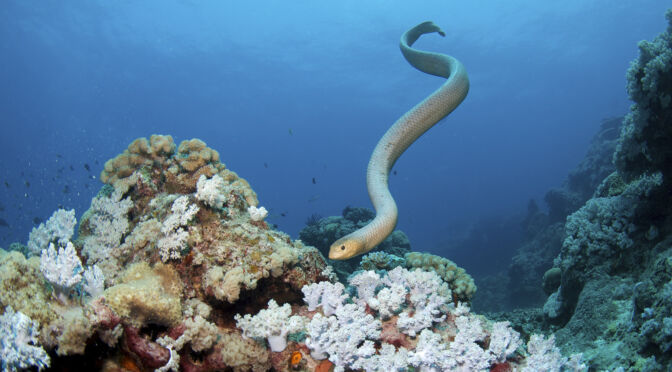
Olive Sea Snake
Found along Australia's northern coast and nearby island groups, the olive sea snake is the most common sea snake. Despite its watery home, it is a real snake, whose common name comes from the colour of its skin. Olive sea snakes, like all reptiles, breathe air. However, unlike sea turtles, crocodiles, sea kraits, and other marine reptiles that must nest on land, the olive sea snake spends its whole life cycle in the ocean.
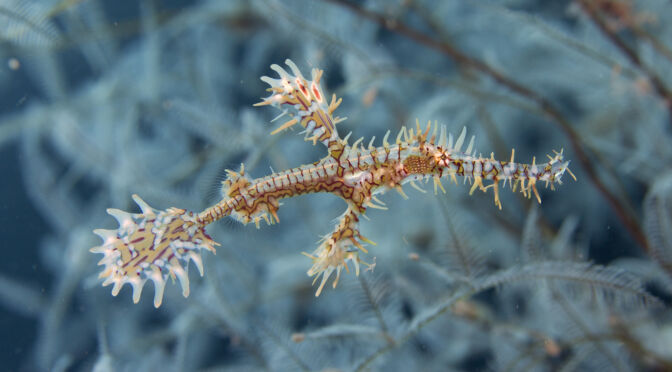
Ghost Pipefish
The ghost pipefish is a small yet unique fish family. The ghost pipefish prefers shallow waters, between 5 and 30 metres deep, and is frequently seen in and near crinoids and feather stars. They are exceedingly seasonal, with only a few months of the year when they can be found. Furthermore, in the current, they move in perfect sync with the feather star's undulating arms, often making them nearly invisible.
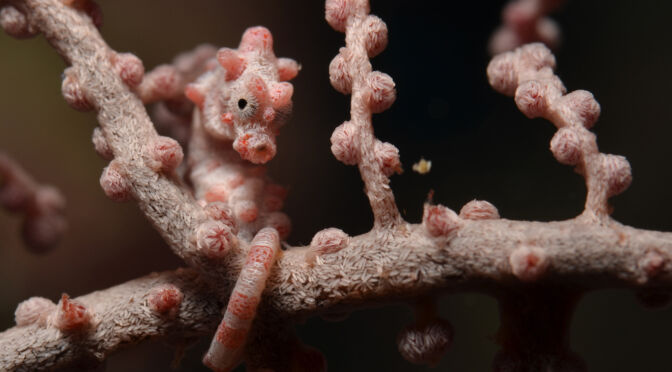
Pygmy Seahorse
Pygmy seahorses, as their name implies, are tiny fish that blend in with their surroundings due to their size and camouflage. The Bargibant's pygmy seahorse has spherical tubercles on its body that resemble the colour and shape of its host gorgonian coral. The Pygmy seahorse on average grows to a maximum length of 2.4 centremeters.